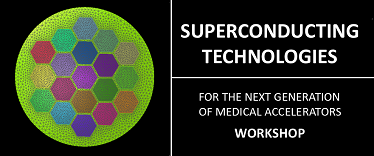Speaker
Description
The delivery of FDG from large central production centres has demonstrated to be a cost-effective solution for populated areas, but the interest on other tracers has raised expectations that cannot be satisfied by using that concept. A new production method aimed to provide in-situ single doses of 18F and, fundamentally, 11C-radiotracers, would satisfy the requisites for non-standard PET demands. In this context, the project AMIT has been launched to develop, among other things, a new method for delivering single-doses of in-situ produced radiotracers, based on a compact cyclotron.
The project proposes a compact superconducting design, based on a Lawrence-type machine. It will be able to produce low to moderate rates of dose-on-demand 11C and 18F. This will be achieved by accelerating 10 microamperes of H- up to 8.5 MeV. Such a simple concept of machine, combined with a superconducting Helmholtz magnet with warm iron allows to develop a cost-effective machine with additional features like its high thermal efficiency (magnet can be cooled with just one commercial cryocooler and a closed helium circuit) and a small footprint which ends on a compact system that could be of interest to three types of potential customers: Small remote hospitals, hospitals engaged with personalized medicine and research institutions.
The presentation will describe the main aspects of the superconducting technology associated to this cyclotron.
